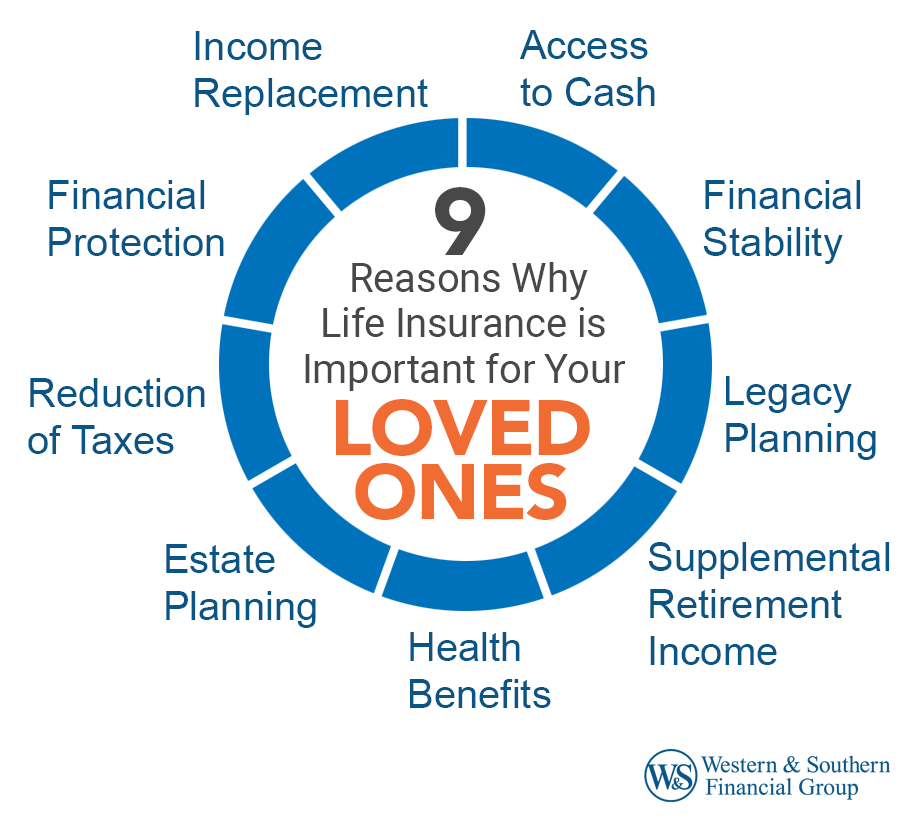Pacific Prime Fundamentals Explained
Pacific Prime Fundamentals Explained
Blog Article
Facts About Pacific Prime Revealed
Table of ContentsSome Ideas on Pacific Prime You Should KnowThe Basic Principles Of Pacific Prime The Best Guide To Pacific PrimeThe Buzz on Pacific Prime8 Easy Facts About Pacific Prime Shown

This is due to the fact that the data were accumulated for a period of solid financial performance. Of the approximated 42 million individuals who were uninsured, just about about 420,000 (concerning 1 percent) were under 65 years of age, the age at which most Americans end up being eligible for Medicare; 32 million were adults in between ages 18 and 65, around 19 percent of all grownups in this age team; and 10 million were children under 18 years of age, regarding 13.9 percent of all kids (Mills, 2000).
These price quotes of the variety of individuals uninsured are generated from the annual March Supplement to the Current Population Survey (CPS), carried out by the Census Bureau. Unless or else kept in mind, national quotes of individuals without wellness insurance and proportions of the population with different type of protection are based on the CPS, the most widely used source of estimates of insurance protection and uninsurance prices.
What Does Pacific Prime Do?

Still, the CPS is specifically useful since it creates yearly price quotes reasonably swiftly, reporting the previous year's insurance protection approximates each September, and due to the fact that it is the basis for a regular collection of quotes for more than two decades, enabling evaluation of trends in protection with time. For these reasons, along with the substantial use the CPS in various other research studies of insurance protection that are provided in this record, we depend on CPS price quotes, with constraints noted.

The quote of the number of without insurance people increases when a population's insurance condition is tracked for a number of years. Over a three-year duration starting early in 1993, 72 million people, 29 percent of the U.S. https://www.quora.com/profile/Freddy-Smith-136. population, were without insurance coverage for at the very least one month. Within a solitary year (1994 ), 53 million people experienced at the very least a month without protection (Bennefield, 1998a)
Six out of every 10 without insurance adults are themselves utilized. Although working does enhance the possibility that and one's member of the family will certainly have insurance, it is not a warranty. Even members of family members with two permanent wage earners have virtually a one-in-ten chance of being without insurance (9.1 percent without insurance rate) (Hoffman and Pohl, 2000).
The Basic Principles Of Pacific Prime
New immigrants account for a considerable percentage of individuals without medical insurance. One evaluation has actually attributed a considerable part of the current development in the size of the U.S. uninsured population to immigrants who showed up in the nation between 1994 and 1998 (Camarota and Edwards, 2000). Recent immigrants (those who involved the USA within the previous four years) do have a high rate of being uninsured (46 percent), but they and their children account for just 6 percent of those without insurance coverage across the country (Holahan et al., 2001).
The partnership in between medical insurance and access to care is well established, as recorded later on in this phase. Although the relationship between medical insurance and health and wellness end results is neither straight neither easy, a comprehensive scientific and wellness solutions research literature web links medical insurance coverage to enhanced access to care, much better high quality, and improved personal and populace health and wellness status.
Degrees of analysis for analyzing the results of uninsurance. This discussion of medical insurance coverage concentrates mostly on the U.S. populace under age 65 because virtually all Americans 65 and older have Medicare or other public coverage. Moreover, it concentrates particularly on those with no medical insurance for any type of size of time.
Some Known Questions About Pacific Prime.
The problems faced by the underinsured are in some areas comparable to those encountered by the without insurance, although they are usually much less serious. group insurance plans. Uninsurance and underinsurance, nonetheless, entail noticeably different policy my review here concerns, and the approaches for resolving them may vary. Throughout this research and the 5 reports to adhere to, the primary focus is on individuals with no health insurance policy and therefore no assistance in spending for health treatment past what is available via charity and safeguard institutions
Wellness insurance policy is a powerful factor influencing receipt of treatment since both patients and doctors react to the out-of-pocket rate of services - https://penzu.com/p/79996ae8dade0171. Health and wellness insurance, nevertheless, is neither necessary neither enough to access to medical solutions. However, the independent and direct effect of wellness insurance policy coverage on accessibility to health and wellness services is well developed.
Others will get the health treatment they need even without medical insurance, by spending for it out of pocket or seeking it from service providers that supply treatment free or at highly subsidized rates. For still others, health and wellness insurance policy alone does not make certain invoice of care due to various other nonfinancial barriers, such as a lack of healthcare service providers in their area, minimal access to transport, illiteracy, or linguistic and cultural distinctions.
The 3-Minute Rule for Pacific Prime
Formal research study regarding without insurance populaces in the USA dates to the late 1920s and very early 1930s when the Committee on the Expense of Medical Treatment created a collection of reports regarding financing doctor office check outs and hospitalizations. This problem ended up being salient as the numbers of medically indigent climbed throughout the Great Clinical depression.
Report this page